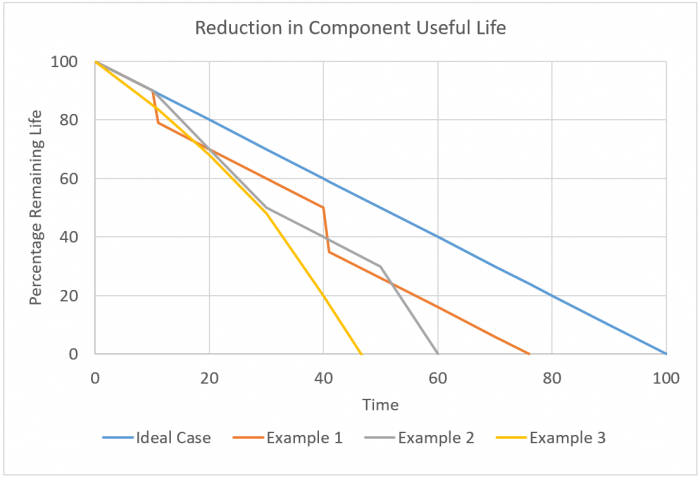Oil Analysis
Oil is the lifeblood of industrial machinery. It lubricates, coats and protects components, removes heat, insulates and serves a multitude of other functions. Over the years oils have evolved into complex chemical compounds with many options for base stocks and additives. Together these work to achieve the desired functions.

Oil:
- Forms a fluid film between surfaces
- Acts as coolant in removing heat
- Carries away contaminants
- Acts as a hydraulic medium
Additives:
- Protect against wear of highly loaded parts
- Protect against rust and corrosion
- Protect against accumulation of sludge and varnish
- Resist aeration and foaming
- Resist or aid emulsion formation
These functions can be disrupted through
- Contamination with:
- solids – dirt, wear metals, rust, carbon
- liquids – water and process fluids, other oils, lubricant supplements
- gasses – process gases (refrigerants, hydrocarbons) and aeration
- Depletion of inhibitor and anti-wear additives (additives used up to stop oil degradation and to protect machine surfaces from rust and wear)
- The fluid film can also be disrupted by overloading, with common causes including improper fitting and misalignment of bearings
50 to 70% of failures are related to lubrication, contamination, inadequate maintenance and overloading.
Oil analysis can identify the above abnormal conditions and predict wear. When used to inform maintenance activity it can help improve machine efficiency, minimise abnormal wear, prevent failure and related stoppages and make the entire maintenance process more efficient.
Essentially, in an idealised scenario a well lubricated component will operate until the end of its fatigue life. Any degradation of lubricant performance accelerates wear and reduces the maximum achievable life. This is illustrated in the following figure through a few imagined examples.

- Example 1 includes a couple of events of severe contamination at time T=10 and T=40, in both cases contamination was detected early with oil filtered/replaced and unit returning to a normal wear rate. Loss of useful life – 24%.
- Example 2 shows a milder lubricant issue at time T=10, which was left unchecked for longer, leading to increased wear rate until an oil change at time T=30. Another problem at T=50 lead to another increase in the wear rate and ultimately to premature failure. Loss of useful life – 40%.
- Example 3 shows a continuously increasing wear rate associated with lubricant degradation/contamination. Without treatment component failed before 50% useful life has been expended. Loss of useful life – >50%.
If we look at the life-blood analogy, then a healthy component is like a healthy person, with a good diet and free of disease. Contamination is analogous to an infection and requires treatment to prevent severe illness and resultant time off work or even a more catastrophic outcome. A below par or degraded lubricant may be compared to a poor diet, which in the long term can also lead to undesirable outcomes such as reduced performance, illness and worse.
Where a blood test may identify an infection or point out a dietary imbalance, so an oil analysis can identify contaminants or lubricant degradation. Where a blood test can guide the course of medical treatment with drugs or even surgery, an oil analysis can help identify origin of contamination, suggest oil or filter changes, lubricant type adjustment or a more direct intervention and timely replacement of a failing component/system.
Oil analysis is a proven technology and can deliver savings many times the cost of the programme. The best examples show benefits of up to 10 times the programme cost. When using an established commercial laboratory it requires no upfront capital expenditure and can be designed to fit specific requirements of the end user.
Here at STS/OAS we aim to deliver high quality analysis and also to advise on best lubrication practice and aid our customers with advice and guidance to ensure that maximum possible value is derived from the programme. It’s not just the analysis – it’s what you do with it that counts!
Explore the Services pages for detail on some of the typical test suites together with the additional tests commonly required for a more detailed assessment of the oil’s condition and the wear situation. Or get in touch to discuss your needs.
